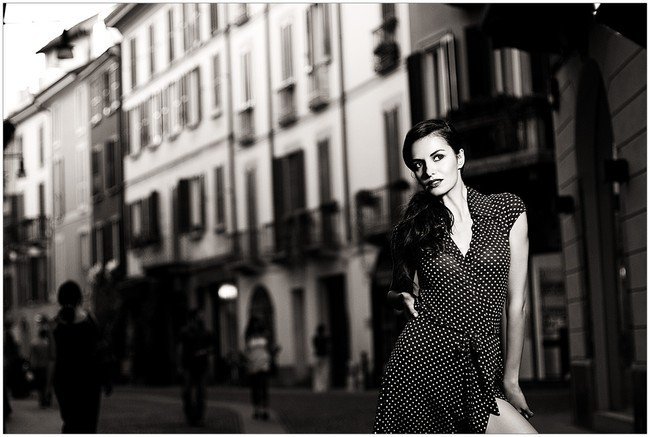|
|
Female Beauty By Nikola Borissov
|
Standards of beauty are always evolving, based on what a culture considers valuable. Historical paintings show a wide range of different standards for beauty. However, humans who are relatively young, with smooth skin, well-proportioned bodies, and regular features, have traditionally been considered to be the most beautiful throughout history.
A strong indicator of physical beauty is "averageness", or "koinophilia". When images of human faces are averaged together to form a composite image, they become progressively closer to the "ideal" image and are perceived as more attractive. This was first noticed in 1883, when Francis Galton, cousin of Charles Darwin, overlaid photographic composite images of the faces of vegetarians and criminals to see if there was a typical facial appearance for each. When doing this, he noticed that the composite images were more attractive compared to any of the individual images.
Researchers have replicated the result under more controlled conditions and found that the computer generated, mathematical average of a series of faces is rated more favorably than individual faces. Evolutionarily it makes logical sense that sexual creatures should be attracted to mates who possess predominantly common or average features.
A feature of beautiful women that has been explored by researchers is a waist-to-hip ratio of approximately 0.70. Physiologists have shown that women with hourglass figures are more fertile than other women due to higher levels of certain female hormones, a fact that may subconsciously condition males choosing mates.
|
|









